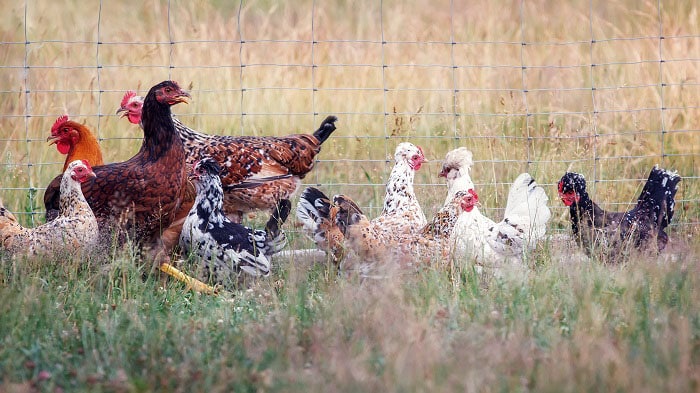What to know
This update provides results of a preliminary assessment of the H5N1 viruses identified in two human infections detected in Cambodia in 2023 based on their genetic sequences and gives an update on the epidemiological investigation.

CDC Update
March 3, 2023—This update provides results of a preliminary assessment of the H5N1 viruses identified in two human infections detected in Cambodia in 2023 based on their genetic sequences and gives an update on the epidemiological investigation.
On February 26, 2023, the Institut Pasteur du Cambodge, in collaboration with the Cambodian Ministry of Health, shared the full genetic sequence of the H5N1 virus recovered from the patient who died in that country on February 22, 2023. The genetic sequence of the second case was later also shared by the Institut Pasteur du Cambodge. CDC has conducted a preliminary analysis of the genetic sequences of these H5N1 bird flu viruses. They are H5N1 viruses from clade 2.3.2.1c, which are different from the H5N1 viruses now spreading in U.S. wild birds and poultry, which are from clade 2.3.4.4b. These viruses are similar to past 2.3.2.1c viruses detected in that geographic area over recent years. The genetic sequences suggest that an existing clade 2.3.2.1c candidate vaccine virus (CVV), called NIBRG-301 (A/duck/Vietnam/NCVD-1584/2012-like) would offer protection against the viruses identified in Cambodia. Additionally, there were no genetic changes identified that are known to be associated with increased ability to spread to people or reduce susceptibility to influenza antiviral drugs. CDC has requested virus samples from both cases in Cambodia in order to conduct additional laboratory testing/analysis to confirm these and other characteristics of the viruses and to provide a more detailed risk assessment.
CDC continues to support the Ministry of Health, Ministry of Agriculture, Animal, Forestry and Fisheries, and Ministry of Environment, in its ongoing One Health investigation. Evidence to date continues to support the conclusion that these two human infections are the result of two instances of bird-to-human spread. There is still no indication of person-to-person spread associated with these two cases. The investigation has revealed that both patients became sick at about the same time and were likely exposed to sick or dead poultry prior to becoming ill, including being near sick/dead poultry kept in a coop under the house or through butchering, cleaning, and cooking chicken that died. Investigation and containment efforts continue, including monitoring and/or testing of contacts of the two cases for 10 days after their last exposure, along with active surveillance for influenza-like-illness in the village. CDC will provide additional updates as needed.
This is an update to a spotlight originally posted on February 25, 2023.
This spotlight was first posted on March 2 and subsequently updated on March 3 to provide information about the gene sequence from the virus isolated from the second patient in Cambodia and give appropriate credit for the gene sequencing work.
